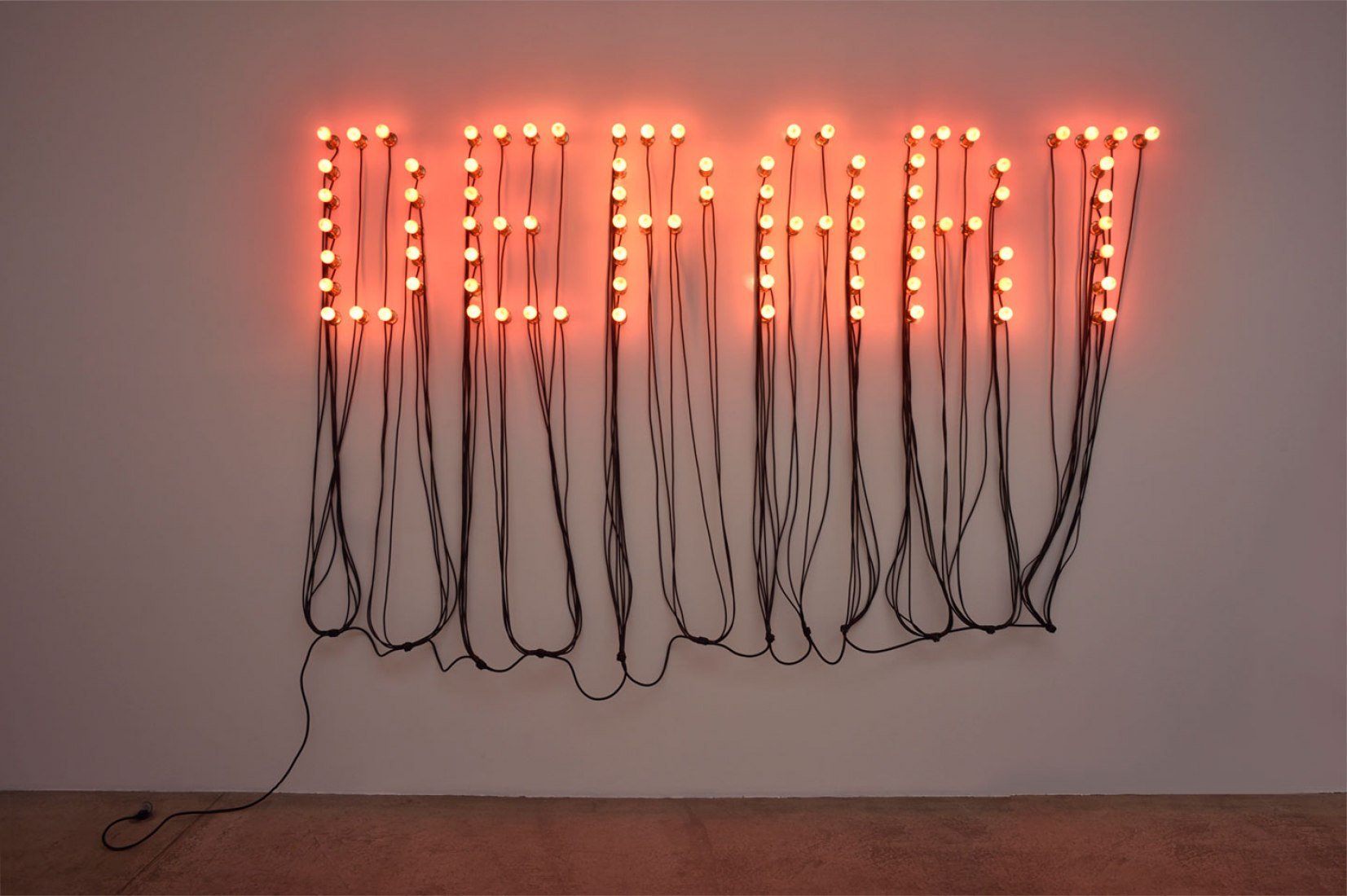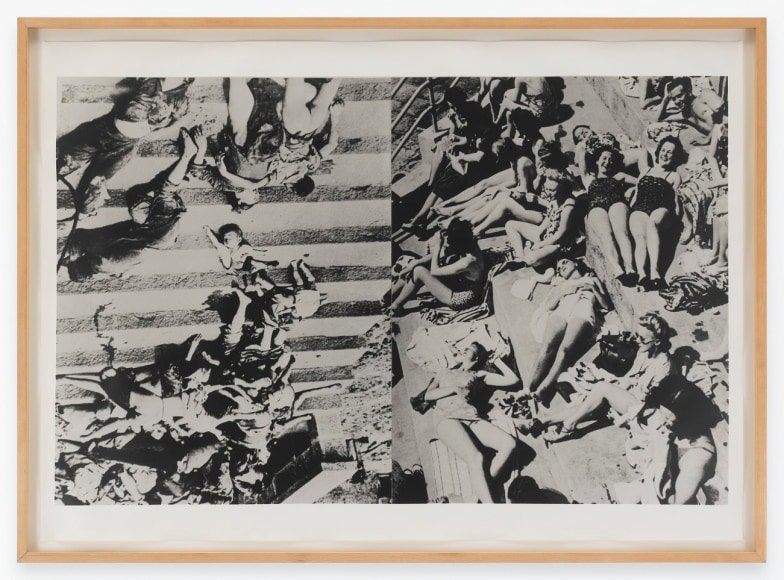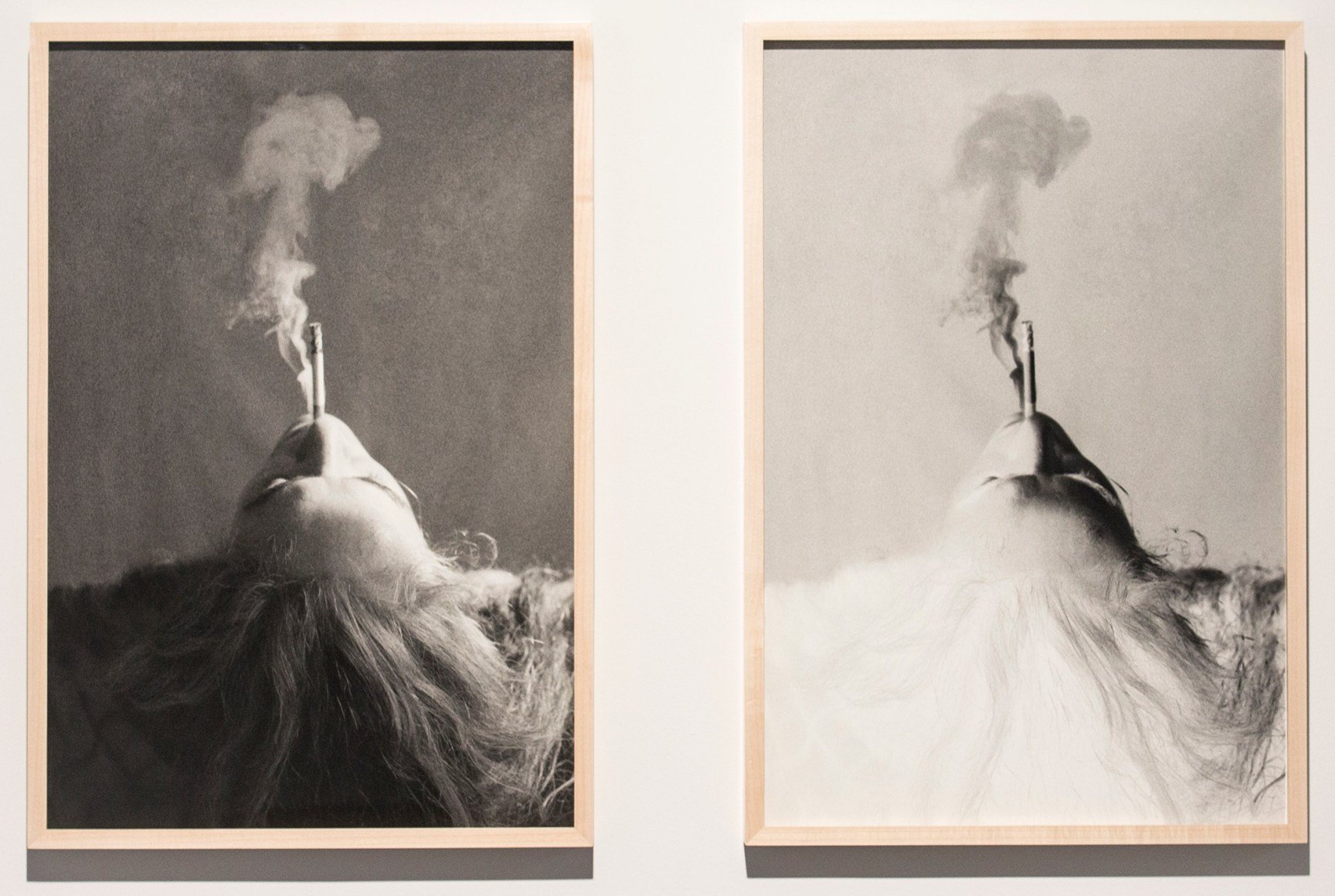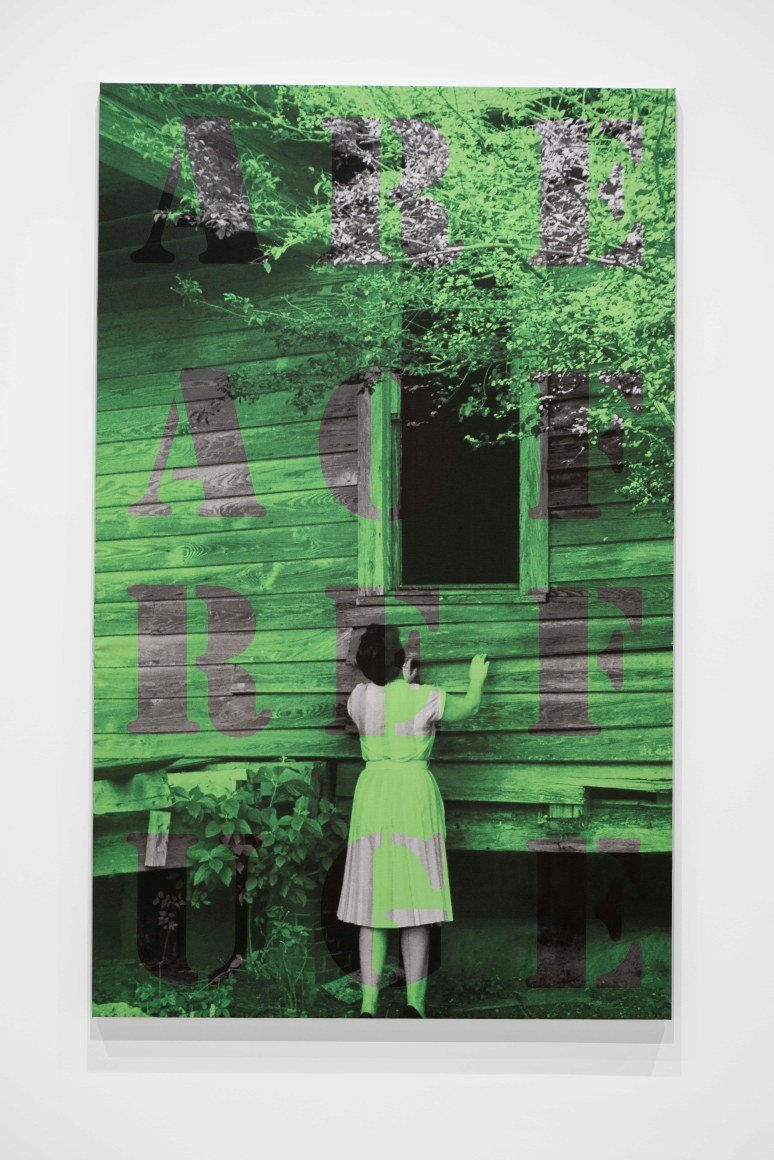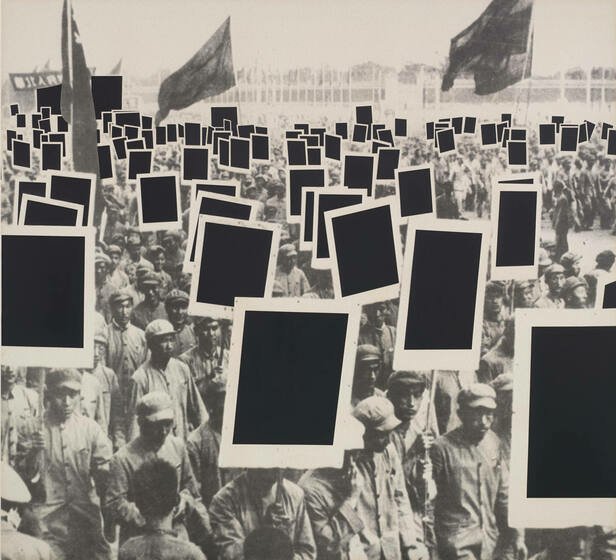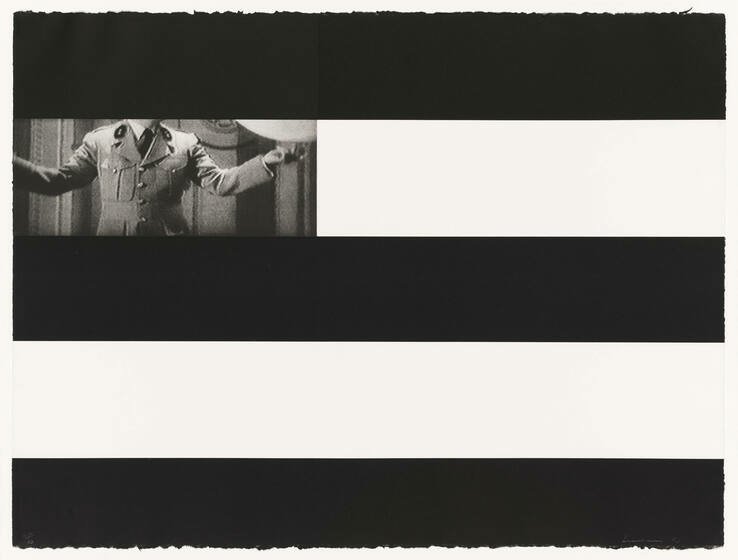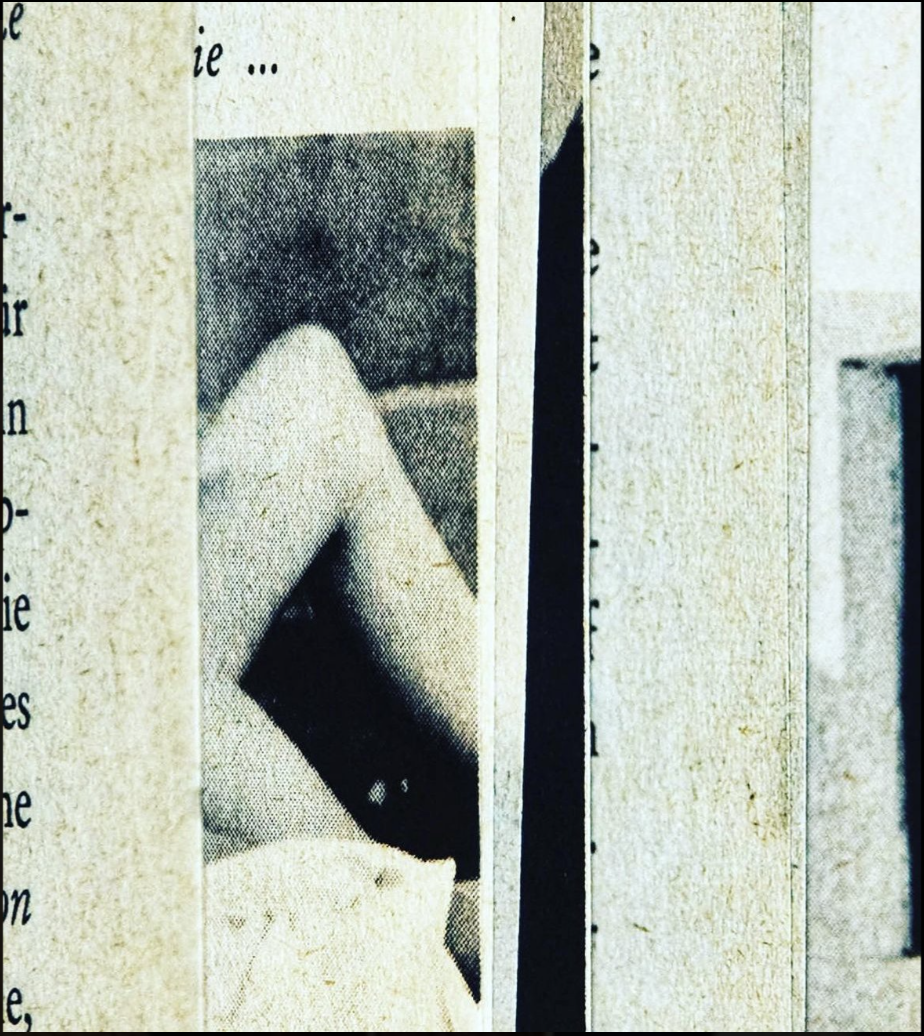Curated by studio artist / writer / DJ Dennis Kane
Christian Boltanski
meditations on memory
This week’s art post features the work of French conceptual artist Christian Boltanski (1944-2021). Boltanski’s work has a contemplative, poetic, ethnological quality. Absence, the remains and impact of war, the silenced subject, and the power of memory all are investigated, as is a quiet celebration of the dignity and poetics inherent in the mundane.
“His work was rich in visual and aural impact, and open-ended in its invitation to the viewer to contemplate the past and partake in the present moment — for what has been lost and what endures.”
Photo Credit:
MetaLocus, BOLTANSKI AT IVAM: DÉPART - ARRIVÉE
Jupiter Art, CHRISTIAN BOLTANSKI:THEATRE D'OMBRES
Art Dex, Memory and Mortality: Christian Boltanski
Art Review, The Spectres of Christian Boltanski
Nowness Asia, Everyone and No One, The Art of Christian Boltanski
Merrian Goodman Gallery, Depart-Arrive
Merrian Goodman Gallery, Christian Boltanski Selected Works
Portrait Credit: Art Dex, Memory and Mortality: Christian Boltanski
Annette Lemieux
ideological minimalism
This week’s art post features the great work of Annette Lemieux. She works in a variety of media and works in a theater of memory, examining aporias in accepted, dominant narratives. Check her work at her website.
“She’s looked at archetypical images from art — 20th century art history, but also film — and edited them and tweaked them to give them new meaning, whether that’s cheeky or critical, She’s always taking something from the world and turning it on its head to give it new meaning.”
Photo Credit:
Mitchell Inns & Nash, Annette Lemieux
Whitney Museum, Annette Lemieux
Quote and Portrait Credit: WBUR, Annette Lemieux, Whose Art Addresses History And Politics, Wins MFA’s $10K Prize
Charles Gaines
aesthetics, politics and philosophy
This week’s art selection features the work on noted conceptual artist and teacher Charles Gaines. Gainses’s work engages formulas that interrogate relationships between objective and subjective realms. Using many forms - photography, musical composition, sculpture, video, etc. - Gaines examines identity and power and the fault lines of capital’s utopia. His is some of the most engaged and ambitious work being made today.






“His work belongs to a branch of conceptual art concerned with processes and systems. The aim was to remove subjectivity from art by following self-determined rules and procedures. His breakthrough came in 1973, with his “Regression” series, in which he wrote sequential numbers in the squares of a hand-drawn grid to generate an amorphous form that grows from drawing to drawing, each generating the next. ‘One of the joys was the fact that I could experience things that I couldn’t predict, that I couldn’t anticipate.’”
Photo Credit:
Colossal,Through Monumental Sculpture of Moving Chains, Artist Charles Gaines Confronts the Enduring Legacy of American Slavery
Paula Cooper Gallery, Charles Gaines
ARTFORUM, Differing Equations: The Art of Charles Gaines
LA Times, How the dense grids of artist Charles Gaines took the ego out of art, Carolina A. Miranda
Jonathon Griffin, Charles Gaines
Wade Guyton
digital inkjet abstractions
This week’s art selection features the untitled works of Wade Guyton. Guyton uses an inkjet printer for his large paintings, letting the printers mistakes and inconsistencies arise. Initially his work was geometric, minimal and abstract; more recent offerings focus on the mundane: his studio, the daily paper, the incidental, juxtapositions of the everyday. Printed out in variations, a feedback loop that frames the process of absorbing images into the mind, examining what constitutes “representation” in our digital reality.
“Digital technology and indistinct copy-right laws have set off avalanches of artistic appropriation. But amongst bouts of nostalgia, bland remakes, reenactments, and reconstructions that mindlessly rehash old formulas and found objects, Guyton’s work stands out as a subtle reminder of the complexities and uncertainties of our time.”
Photo Credit:
Matthew Marks Gallery, Wade Guyton
Artnet, Wade Guyton
Emergent Mag, Reena Spaulings, New York City
Whitney Museum of American Art, Wade Guyton, New York City
Warwick Collection, Wade Guyton
Zabludowicz Collection, Wade Guyton
Ignant Magazine, The Work Of Art In The Age Of Compulsive Reproduction: Two Decades In The Oeuvre Of Wade Guyton, Thomas Pirot, Anna Sinofzik
Matias Faldbakken
creative vandalism
This week’s art post features the work of Matias Faldbakken. Faldbakken’s sculptures/ combines have an absurdity to them, a dark comic theatricality and resonant gestalt. He is represented by Standard Oslo. In addition to his visual art he has written several novels and a collection of short stories.
“Faldbakken... (has an) ability to bite his own tail by making works that unite vandalism and creativity, while both celebrating and lamenting the constant commodification of rebellious acts.
More than anyone, he understands that frontal critique only reinforces the classic master-slave dialectic, and that true radicality consists of infiltrating and perverting the system from within. ”
Photo credits:
Simon Lee Gallery, London, Hong Kong
Occula, Gallery Chant Grousel, Paris
Renaissance Society, “Fear of Property” Installation, University of Chicago
Mousse Magazine, Museum Boijmans, Rotterdam
kunstkritikk, Nordic Art Review, Astrup Fearnley Museum of Modern Art, Oslo
Erica Baum
photograph poetry
For the first Wednesday art post, Kane has selected the photo collage work of Erica Baum. Erica is represented by the New York gallery Bureau. Baum’s work is a quiet but intensely resonate examination of looking, fragments, slices, folds, traces. Dynamics of power enfolded in the mundane. A sly challenge to the habits and presumptions of form.
Untitled (Simbolismo), 1994, (Blackboards), gelatin silver print, 20 × 24 inches. Courtesy of the artist and Bureau, New York.
Erica Baum, A Methode of a Cloak, 2020, exhibition view, Markus Lüttgen, Düsseldorf
“Erica Baum’s photographs examine the ways we use language to classify, index, and assert knowledge. Working primarily with obsolescent media from the twentieth century—card catalogs, player piano rolls, sewing patterns—Baum isolates serendipitous interactions among fragments of text and the surrounding visual field. Her carefully disorienting framing, as well as her more active interventions, grant a poetic charge to these encounters. ”
Photo Credit: Bureau NYC
Artviewer, Markus Lüttgen, Düsseldorf, Germany
Quote Credit: Rajesh Parameswaran, BOMB Magazine


